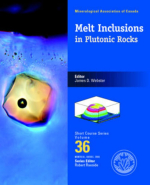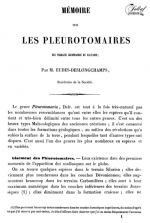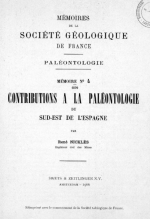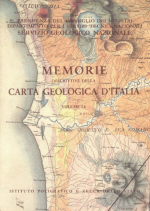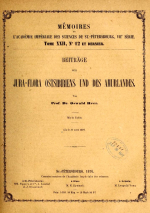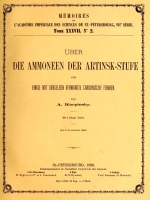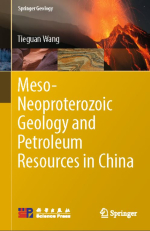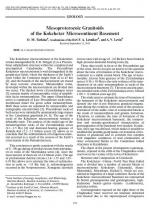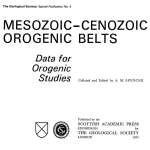Melt inclusions (MI) are small droplets of melt now containing some combination of crystals, glass and vapor that are trapped in crystals formed in magmas. Over the past few decades, the study of MI has matured to become an accepted technique to investigate melt evolution in volcanic systems (Clocchiatti 1975, Roedder 1979, Lowenstern 1995, 2003, Sobolev 1996, Frezzotti 2001, Hauri et al. 2001, Anderson 2003, Schiano 2003). MI in volcanic rocks are commonly large (>50 µm), glassy and contained in fresh and transparent minerals, and are generally easy to identify. MI in volcanic rocks generally provide consistent and reasonable results concerning the chemistry of melts at depth and provide the best tool available for assessing the volatiles in magmas (Anderson 1973, 1974, Lowenstern 1994, 1995, 2003). The best MI are often found in the most rapidly cooled parts of pyroclastic deposits and glassy rinds of lavas, which are not so easy to find (A.T. Anderson, Jr., personal communication, 2006).


